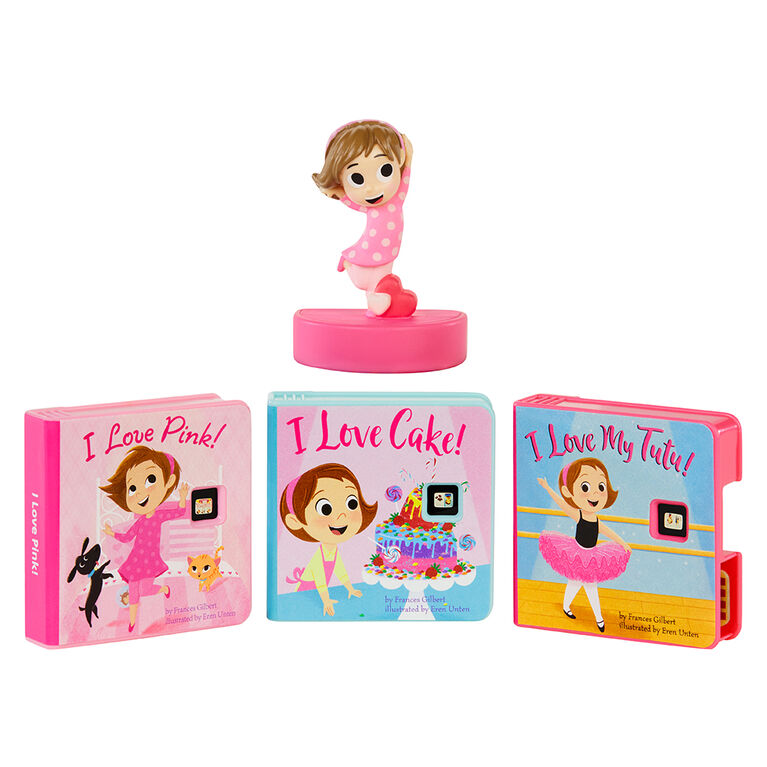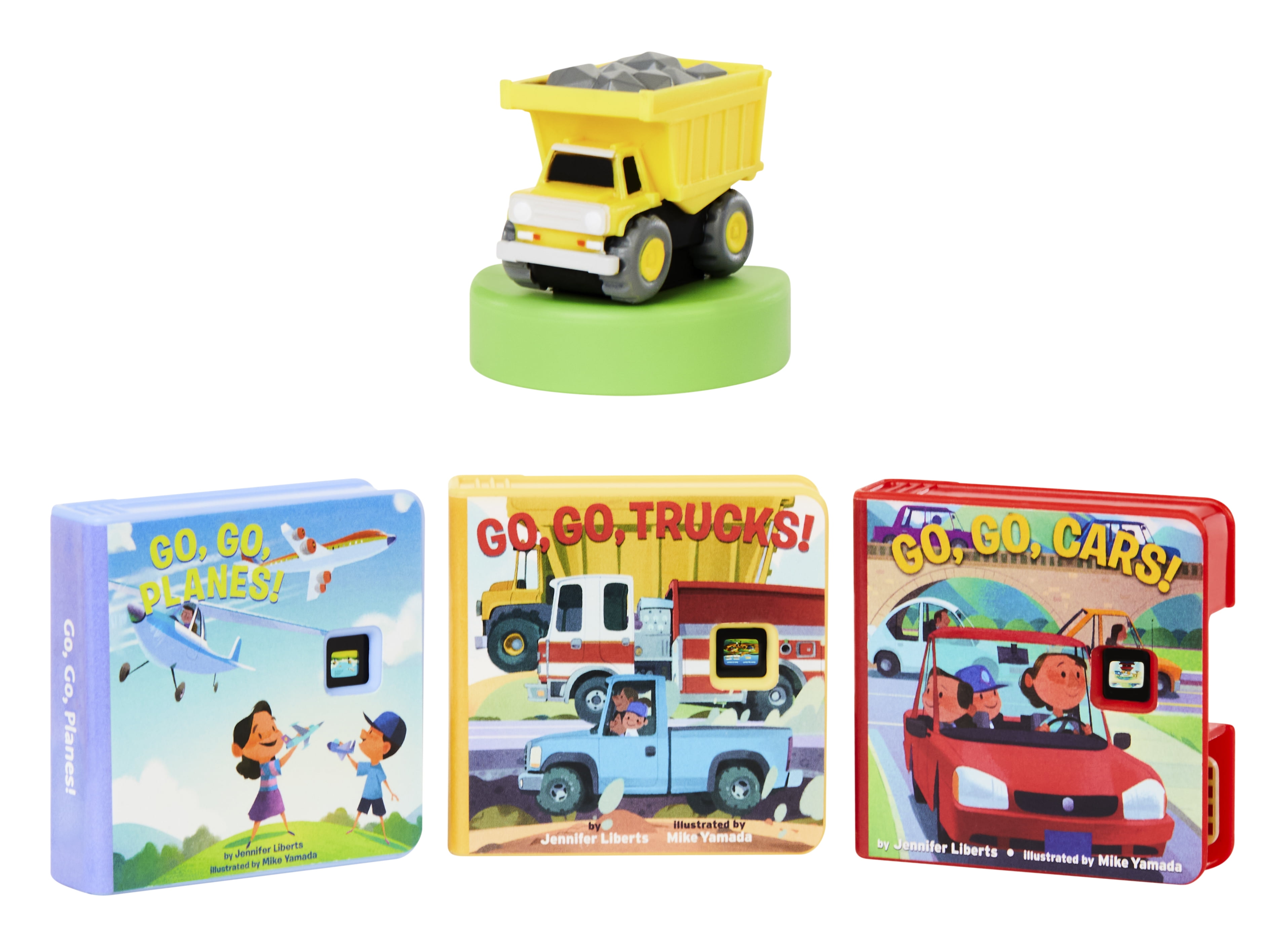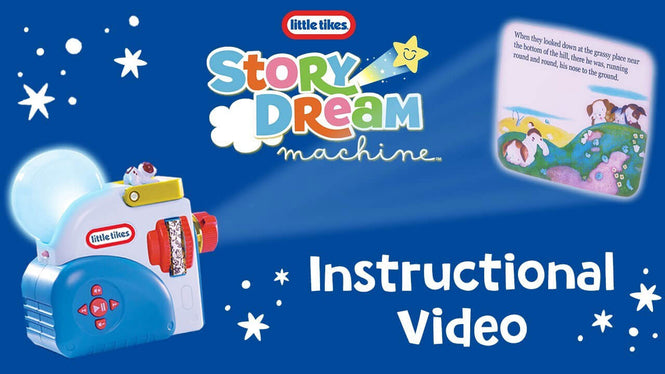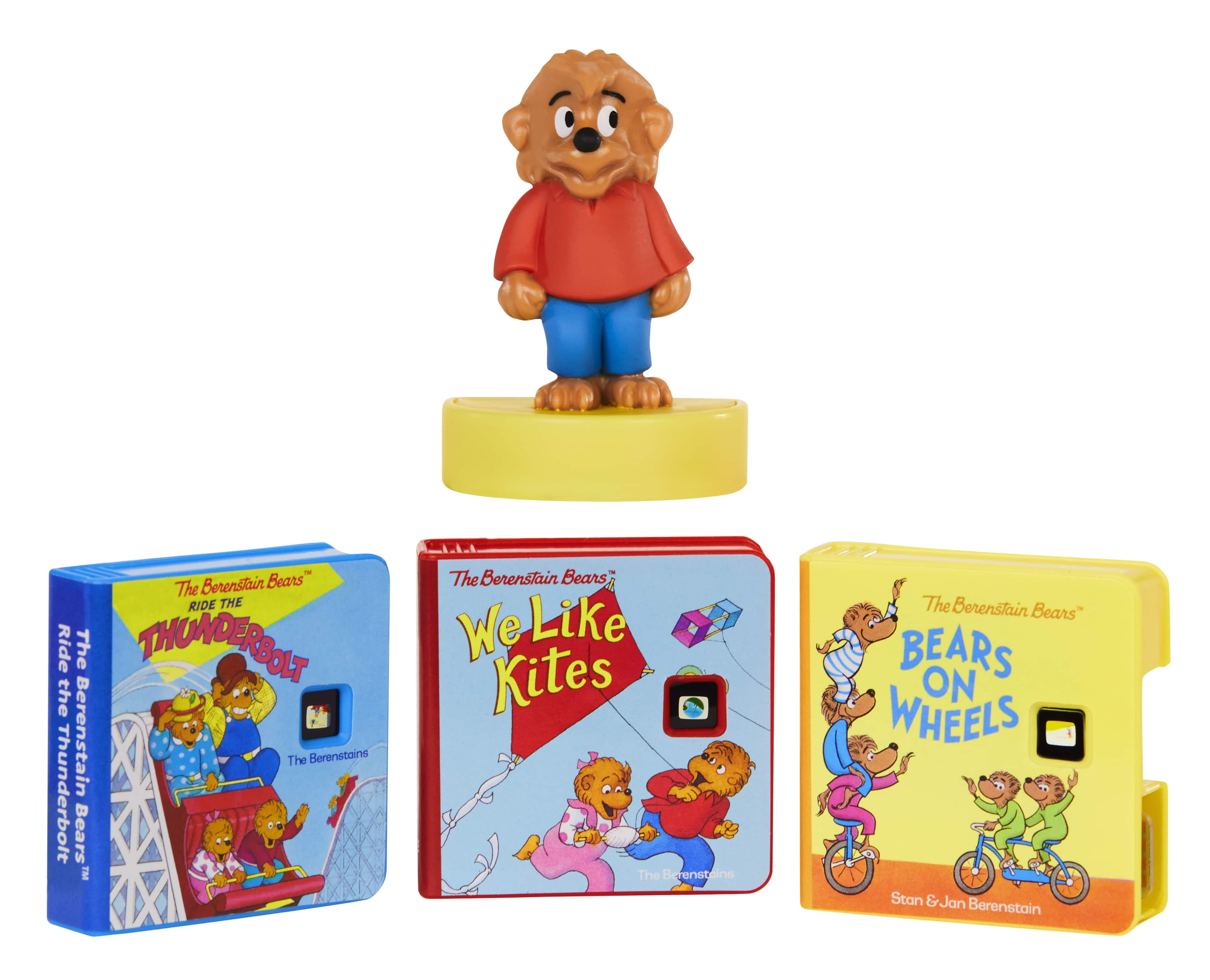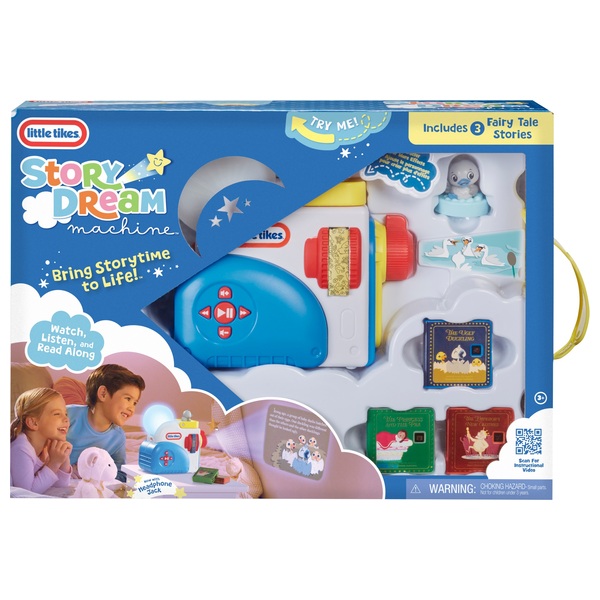Little Tikes Story Dream Machine Books Paw Patrol
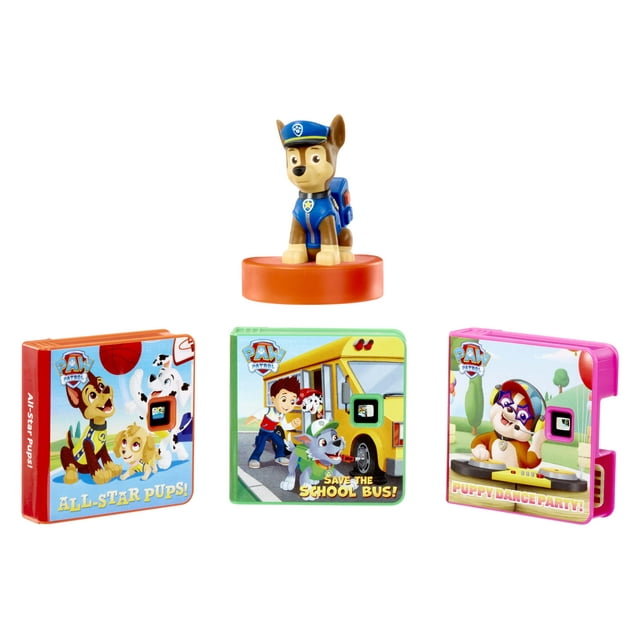
Bedtime routines in households across the nation have undergone a significant transformation, sparked by innovative technologies blending classic storytelling with interactive engagement. The Little Tikes Story Dream Machine, a device projecting storybook images onto a child’s bedroom wall while narrating the tale, has rapidly gained popularity. A notable surge in demand, particularly for titles featuring characters from the beloved franchise Paw Patrol, has raised questions about the role of screen-based entertainment in early childhood development and the evolving landscape of children's literature.
This article delves into the rising trend of the Story Dream Machine and its Paw Patrol tie-ins, examining its impact on traditional reading habits, its potential benefits and drawbacks for young children, and the perspectives of parents, educators, and child development experts. We will explore the device's features, market performance, and the broader implications of integrating technology into the bedtime reading experience, offering a comprehensive look at this emerging phenomenon and its influence on the future of children's storytelling.
The Rise of the Story Dream Machine
The Little Tikes Story Dream Machine distinguishes itself from traditional bedtime stories through its integration of visual and auditory elements. Parents insert a story cartridge into the device, which then projects images onto the wall while simultaneously narrating the story. This interactive approach appeals to children accustomed to multimedia experiences, offering a dynamic alternative to static picture books.
Its portability and ease of use contribute to its appeal. Parents can quickly set up the device in any room, creating an immersive storytelling environment with minimal effort.
Paw Patrol's Influence
The inclusion of Paw Patrol story cartridges has significantly boosted the Story Dream Machine's popularity. The animated series, with its team of heroic puppies, enjoys widespread recognition and affection among preschool-aged children.
The Paw Patrol brand recognition translates into increased sales and engagement with the Story Dream Machine. Children are naturally drawn to stories featuring familiar characters and scenarios.
Potential Benefits
Proponents of the Story Dream Machine highlight its potential to foster a love of storytelling in young children. The combination of visual and auditory elements can enhance comprehension and engagement, particularly for children who are visual learners.
The device can also provide a convenient and accessible way for parents to share stories with their children, especially those with busy schedules. It offers a hands-free approach to reading, allowing parents to multitask while still engaging with their children.
Concerns and Criticisms
Despite its appeal, the Story Dream Machine faces scrutiny from educators and child development experts who raise concerns about screen time and its potential impact on cognitive development. The American Academy of Pediatrics recommends limiting screen time for young children, citing potential risks to language development, attention span, and sleep patterns.
Some argue that relying on projected images and narration may hinder children's imagination and critical thinking skills. Traditional picture books encourage children to actively engage with the story, creating their own mental images and interpretations.
There's also a debate about the quality of storytelling and character development in branded content like Paw Patrol. Some critics argue that these stories prioritize entertainment over educational value, potentially limiting children's exposure to diverse perspectives and complex narratives.
Parent Perspectives
Parental opinions on the Story Dream Machine are divided. Some parents praise its ability to capture their children's attention and make bedtime routines more enjoyable. They appreciate the convenience and the opportunity to introduce their children to a wider range of stories.
Others express concerns about screen time and the potential for addiction. They worry that relying on the device may discourage their children from developing a love of traditional books and reading.
"It's a great way to wind down at night," says Sarah Miller, a mother of two. "My kids love seeing the Paw Patrol characters come to life on their wall."
However, John Davis, another parent, cautions, "I try to limit screen time as much as possible. We still read traditional books, but the Story Dream Machine is a nice occasional treat."
Expert Opinions
Child development experts emphasize the importance of balance when incorporating technology into children's lives. Dr. Emily Carter, a developmental psychologist, suggests that parents should use the Story Dream Machine in moderation and ensure that it complements, rather than replaces, traditional reading experiences.
She advises parents to engage with their children during the storytelling process, asking questions, discussing the characters, and encouraging them to use their imagination. "The key is to make it an interactive experience," she explains. "It shouldn't be a passive activity."
The Future of Bedtime Stories
The Little Tikes Story Dream Machine exemplifies the growing trend of integrating technology into children's entertainment and education. As technology continues to evolve, we can expect to see even more innovative approaches to storytelling and learning.
The key challenge lies in finding a balance between the benefits of technology and the importance of traditional learning methods. Parents, educators, and developers must work together to ensure that technology enhances, rather than detracts from, children's cognitive, social, and emotional development. The integration of established brands like Paw Patrol also highlights the marketing power of childhood nostalgia and familiarity, which will continue to shape the landscape of children's entertainment.
Ultimately, the future of bedtime stories will depend on our ability to harness the power of technology responsibly, fostering a lifelong love of reading and storytelling in the next generation. Embracing a balanced approach is crucial, ensuring children benefit from technological advancements while preserving the value of traditional books and imaginative play.





